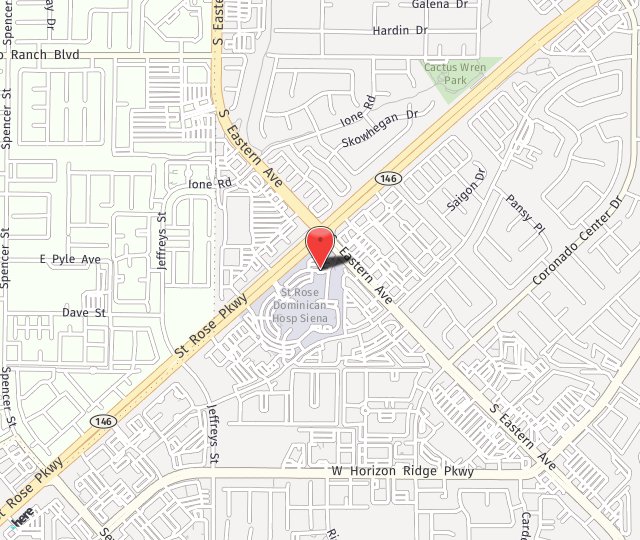Fat is widely used and often publicized in the media as the perfect filler and stem cell rejuvenator. It is used for facial and skin rejuvenation, breast augmentation, buttock augmentation, breast reconstruction, and treatment of body contour problems.
How perfect to be able to liposuction excess unwanted fat from your abdomen, hips, and thighs and use it to augment your breasts, buttocks, and rejuvenate your face! As good as that sounds, and as good as the media portray fat grafting as the next best thing, this is far from the truth.
Fat transfer means liposuctioning fat from unwanted areas, preparing it at a sterile surgical table so it is clean and suitable for reinjection, followed by meticulous and gradual transfer in a fan-like distribution of micro droplets into the recipient area. Each fat cell needs to gain a blood supply to survive. Too much fat in one area or too much pressure around the fat will cause it to die. The process is labor intensive and takes hours in a sterile operating room environment, which often costs upward of $1000 per hour to run. And that’s not including anesthesia fee and surgeon fee. So the bottom line is that fat grafting is very expensive when performed safely in a fully accredited outpatient surgery center. In addition, swelling, bruising, and discomfort go along with a 2-4 week recovery process.
The bad news is that the results of fat grafting are unpredictable. After all the laborious work, expense, and recovery, a good portion of the fat transferred resorbs and goes away. The amount of fat that remains can be unpredictable and is dependent on many factors. In addition, results and fat graft size are highly dependent on patient weight. Any weight fluctuation afterwards has the potential to change the appearance of the result. Here are some common scenarios:
Fat grafting in conjunction with facelift or as a facial filler.
Results look great after the swelling goes down. Then time passes and the fat volume gradually reabsorbs and the face deflates. Sometimes it is noticed in months, sometimes at 1 year. The good news is, a fat transfer procedure can be done again, and many patients opt for 2-3 sessions. But who is paying for that? You are. And what if you are thin and lack a donor site? What if you gain a lot of weight and end up with chubby cheeks? Results can never be guaranteed. Thank god for Juvederm!
Fat grafting for breast augmentation.
Sounds like the perfect operation to me and all my patients who ask for it. The problem is that there is only so much fat you can place into a space. The more fat you inject, the tighter the tissues, and the fat dies. So for breast augmentation, in a normal breast, the amount you can safely transfer is in the range of 250cc per breast at one time. In our Aesthetic Surgery Journal, March 2014, “A Prospective Study on Lipoaugmentation of the Breast”, the fat retention at 1 year based on MRI is about 30cc. That’s 6 teaspoons folks! Considering the expense and recovery, patients are going to be very disappointed. So maybe you are fat enough and rich enough to afford 3 sessions of fat grafting. In that case you may be lucky enough to gain about one third to one half of a bra cup size. Implants are clearly the best option in the majority of individuals. To overcome this problem, an externally placed tissue expander called Brava (bulky, uncomfortable and hard to hide), can be worn for 10 hours every day for one month before the procedure to increase the capacity and vascularity of the breast tissue envelope. Then the subtle results may be noticed.
Fat transfer does have an important role in breast reconstruction. For example, it works well to correct defects, contour depressions, failed breast implants, tubular breast deformity, implant visibility and rippling, and capsular contractures.
Fat grafting for buttock augmentation.
Results of Brazilian butt lifting are often dramatic and excellent. Contouring and framing the buttocks with liposuction are about 80% of the result. Fat transferred to the buttocks tends to “take” better than the breast. This is because the buttocks are highly vascularized and there is generally a lot of space to put fat into. About 50% of the fat transferred often survives. The recovery is brutal, no sitting or sleeping on the butt for one month, drainage tube, girdle for 6 weeks. And the expense is high, $8000-10,000 for about a 4-hour surgery under general anesthesia.
So even though fat injections look easy enough to do on You Tube, in reality, you cannot safely inject a large bolus of fat into the body. There is no way for a large globule of fat to survive. More importantly, if your practitioner is not a board certified plastic surgeon, you risk bleeding, infection, scar tissue lumps and bumps, nerve damage, perforation of a critical organ, intravascular injection with skin loss, blindness, or stroke, and death.

